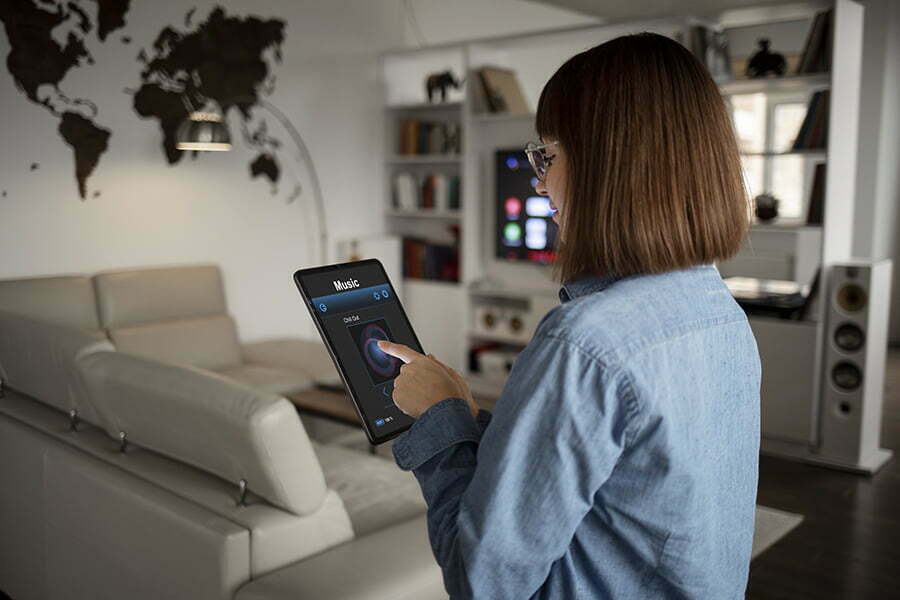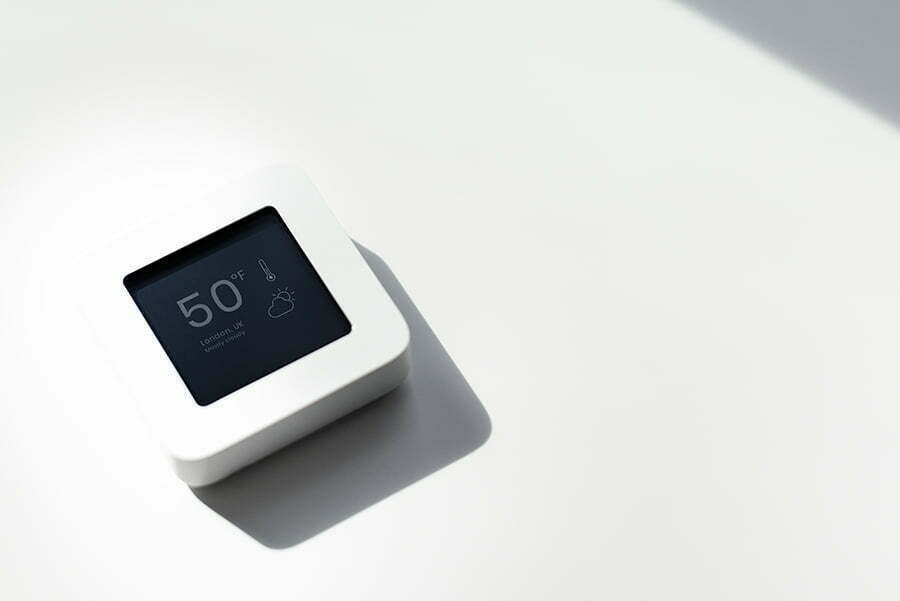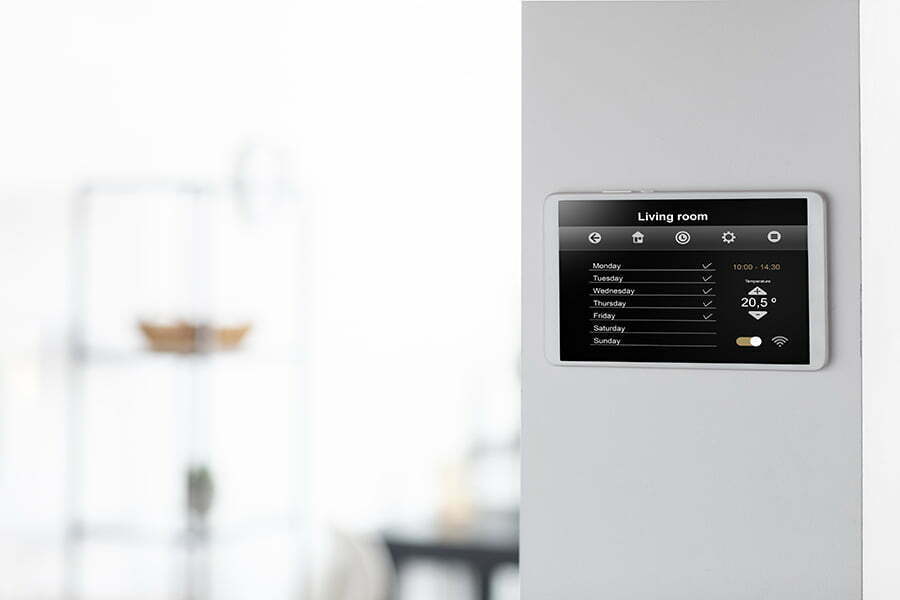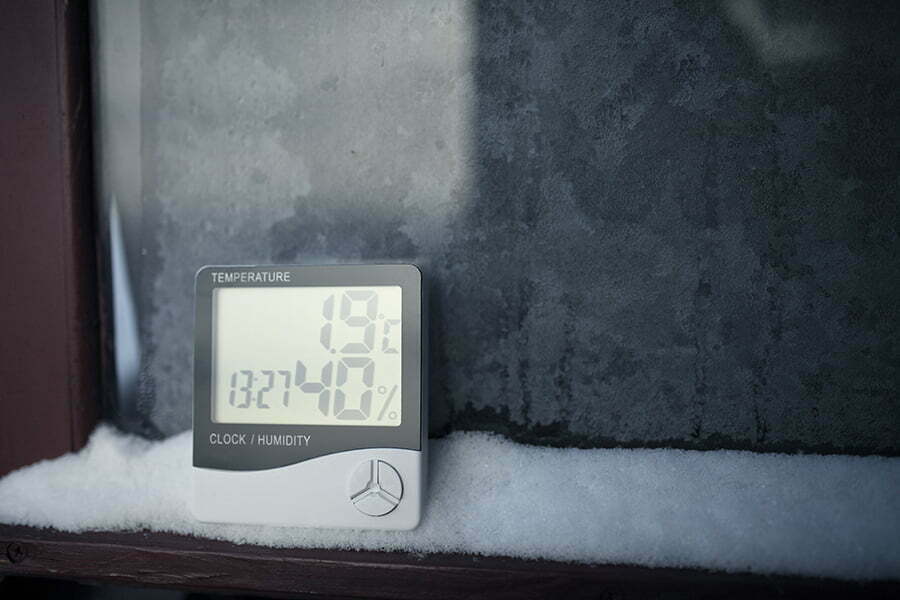Yes, indoor air quality monitors can work to monitor the air quality in a home or office.
Indoor air quality monitors are becoming increasingly popular as more people become aware of the dangers of poor air quality. But do these monitors work? In this blog post, we’ll explore the technology behind indoor air quality monitors and discuss whether or not they can be trusted to measure your home’s air quality accurately.
Types of Indoor Air Quality Monitors

These monitors come in various types, each designed to detect different pollutants. Some common types include particulate matter (PM) monitors, carbon dioxide (CO2) monitors, volatile organic compound (VOC) detectors, and formaldehyde detectors.
PM monitors measure particles such as dust, smoke, pollen, and mold spores that can be suspended in the air. CO2 monitors measure the amount of carbon dioxide in an indoor environment; high levels can indicate poor ventilation or inadequate fresh air exchange.
VOC detectors measure chemicals released from building materials and furnishings like paint and carpets, which can cause health problems if present at high concentrations over long periods.
Formaldehyde detectors measure formaldehyde gas found naturally in some building materials but can also be released from household products like cleaning supplies and furniture polish; it has been linked to respiratory issues when present at high levels for extended periods.
Each type of monitor works differently depending on its design; some use sensors, while others rely on chemical reactions to detect pollutants. The accuracy and sensitivity vary between models, so it’s essential to research before purchasing one for your home or office space.
Accuracy of Indoor Air Quality Monitors

The accuracy of these monitors is crucial because it determines how reliable their readings are. If an indoor air quality monitor is not accurate, then it may not be able to detect dangerous levels of pollutants and could lead to health risks for those living or working in the space.
To ensure accuracy, manufacturers must test their products against industry standards and use high-quality components that measure different pollutants accurately. Users should regularly check their indoor air quality monitor to ensure it functions correctly and provides accurate readings.
Cost of Indoor Air Quality Monitors

These devices can range in price from a few hundred dollars for basic models to several thousand dollars for more advanced models with additional features. The cost will depend on the type of monitor you choose and the features it offers.
For example, some monitors measure only certain pollutants, while others measure a more comprehensive range of pollutants. Some monitors are designed for use in specific environments, such as homes or offices, while others are designed for use in industrial settings.
Some monitors have additional features, such as alarms that alert you when levels exceed safe limits or data logging capabilities that allow you to track changes over time. All these factors should be considered when determining the cost of an indoor air quality monitor.
Effectiveness of Indoor Air Quality Monitors in Improving Air Quality

They can detect and monitor airborne particles, gases, and chemicals that may be present in the indoor environment. The effectiveness of these monitors is determined by how accurately they measure the levels of pollutants and how well they alert users when dangerous levels are detected.
By using an indoor air quality monitor, homeowners can improve their indoor air quality by reducing sources of pollution or taking other corrective measures such as increasing ventilation. This can help reduce health risks associated with poor indoor air quality, such as respiratory illnesses and allergies.
Health Benefits Associated With Using an Indoor Air Quality Monitor

They can help to identify potential health risks associated with poor indoor air quality, such as allergies, asthma, and other respiratory illnesses. By using an indoor air quality monitor, people can take steps to improve their indoor environment and reduce their exposure to harmful pollutants.
This can improve overall health and well-being for those living or working in the space. For example, suppose an indoor air quality monitor detects high carbon dioxide levels. In that case, it may be necessary to increase ventilation or use an air purifier to reduce concentrations of this pollutant.
Monitoring for mold spores is essential since they can cause allergic reactions and other respiratory issues at high indoor levels. Taking proactive measures based on data from an indoor air quality monitor can help protect people from these potential health risks associated with poor indoor air quality.
Potential Drawbacks to Using an Indoor Air Quality Monitor

One of the main drawbacks is that they may not be able to detect all types of pollutants. For example, many indoor air quality monitors cannot detect carbon monoxide, an odorless and colorless gas that can cause serious health problems if it accumulates in high concentrations.
Some indoor air quality monitors may not be able to measure certain pollutants due to their size or composition accurately. This means that even if a monitor detects a pollutant, it may not accurately read its concentration levels.
Indoor air quality monitors require regular maintenance and calibration to ensure accuracy and reliability. If these tasks are neglected or done incorrectly, the readings from the monitor could become inaccurate or unreliable.